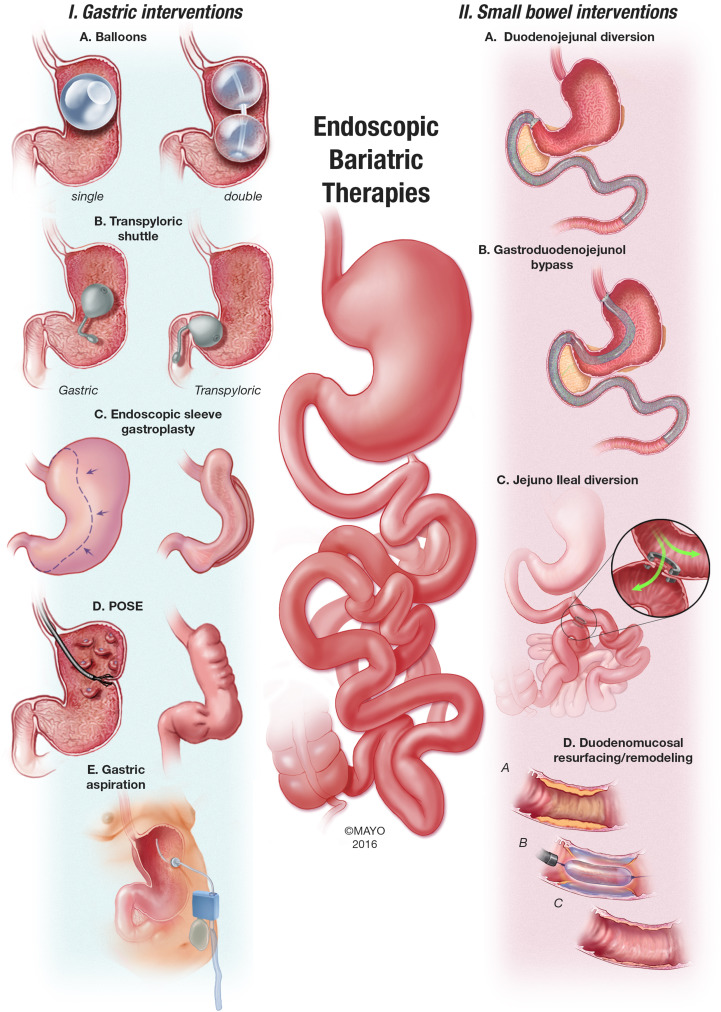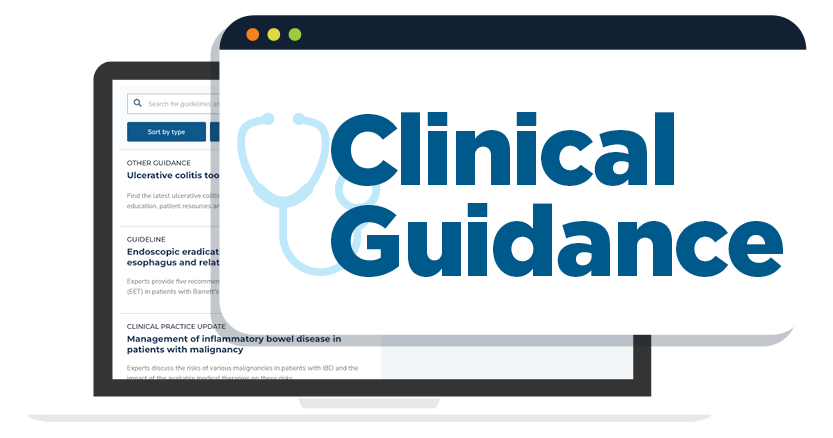1. Endoscopic bariatric therapies (EBTs) should be considered in patients with obesity who have been unsuccessful in losing or maintaining weight loss with lifestyle interventions.
2. EBTs can be used in patients with severe obesity as a bridge to traditional bariatric surgery. They also can be used as a bridge to allow unrelated interventions that are unable to be performed because of weight limits (ie, orthopedic surgery, organ transplantation).
3. Clinicians should use EBTs as part of a structured weight loss program that includes dietary intervention, exercise therapy and behavior modification, in both the active weight loss phase and the long-term maintenance phase.
4. Clinicians should screen all potential EBT candidates with a comprehensive evaluation for medical conditions, comorbidities and psychosocial or behavioral patterns that contribute to their condition before enrolling patients in a weight loss program that includes EBTs.
5. Clinicians incorporating EBTs into their clinical practice should follow up patients prospectively to capture the impact of the EBT program on weight and weight-related comorbidities, and all related adverse outcomes. Poor responders should be identified and offered a detailed evaluation and alternative therapy.
6. Clinicians embarking on incorporating EBTs into their clinical practice should have a comprehensive knowledge of the indications, contraindications, risks, benefits and outcomes of individual EBTs, as well as a practical knowledge of the risks and benefits of alternative therapies for obesity.
7. Institutions should establish specific guidelines that are applied consistently across disciplines for granting privileges in EBTs that reflect the necessary knowledge and technical skill a clinician must achieve before being granted privileges to perform these procedures.












